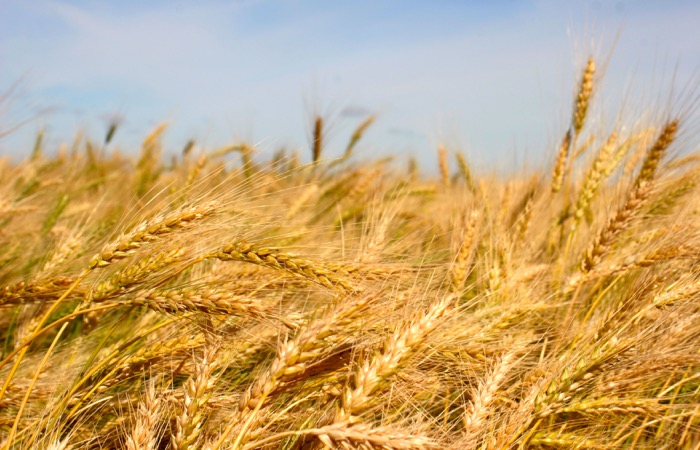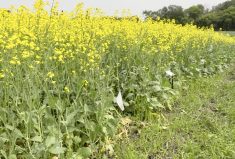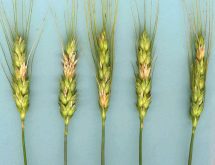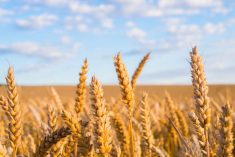There have been opinions expressed in the media claiming the rate of yield gain for wheat in Western Canada is low compared to that of the rest of the world. However, a survey of the data suggests that’s not the case.
Rob Graf, a wheat breeder with Agriculture and Agri-Food Canada’s Lethbridge Research Centre, says the annual rate of yield gain for CWRS is 1.4 per cent since 1991. The worldwide data for wheat shows a mean annual gain of 1.16 per cent.
“It may not sound like much, but on average, we’re advancing faster than the rest of the world,” says Graf, who co-authored a recent study with Julian Thomas of the Cereal Research Centre in Winnipeg. “Canada compared quite favourably,” says Graf.
Read Also

Manitoba canola embattled by verticillium
Verticillium stripe pressure has been growing in Manitoba, and canola farmers still have precious few tools to protect their crop from the disease.
The Thomas and Graf study used information from the Manitoba Management Plus Program, which collects yield data from Manitoba producers and data from Statistics Canada. Figures for the comparisons reflected on-farm yields, which include the impact of new varieties and improved agronomic practices. World figures came from a host of yield studies from various countries.
The results are similar to an unpublished study by Graf that used Statistics Canada data to compare yield gains for spring wheat and canola across the Prairies. That study found an annual rate of yield gain of 1.33 per cent for wheat for the same time period. Overall, spring wheat yields increased 32 per cent, while canola yields increased by 47 per cent.
Taking a closer look at the data, from 2000 to 2012, the overall wheat and canola yield gains were 42 per cent and 36 per cent, respectively. Graf says that the increase for canola was higher than wheat in Saskatchewan and Alberta, but not in Manitoba. He says that this shows excellent progress for both crops. Yield gains for wheat were achieved with investments of $25 million annually versus approximately $80 million for canola.
Whether comparing wheat yield growth in Western Canada to the rest of the world, or to canola, Graf says one thing is certain.
“With the Food and Agriculture Organization projecting that world population will increase to nine billion people by 2050, there’s no doubt we’re going to have to produce more food than we’ve ever had to produce before.”
Good progress has — and continues — to be made, he says. Elimination of kernel visual distinguishability (KVD) means promising new wheat varieties no longer must meet the constraints of kernel size and shape to be registered. And breeding programs in Western Canada have had good success in developing high-yield varieties, including several with resistance to wheat midge and fusarium head blight. But in order for producers to achieve the kinds of yields required to feed a growing world population, says Graf, more investment is required. He says the “PPP” model of research investment, where public, producer and private funds are leveraged to provide maximum impact, is getting a lot of attention.
“I think the challenge ahead of us is to come up with a “made-in-Canada” solution where we can build on the strengths of both the public system and the private sector. And we need to do that in a way that also makes sure that producers are involved and that their best interests continue to be met.”















